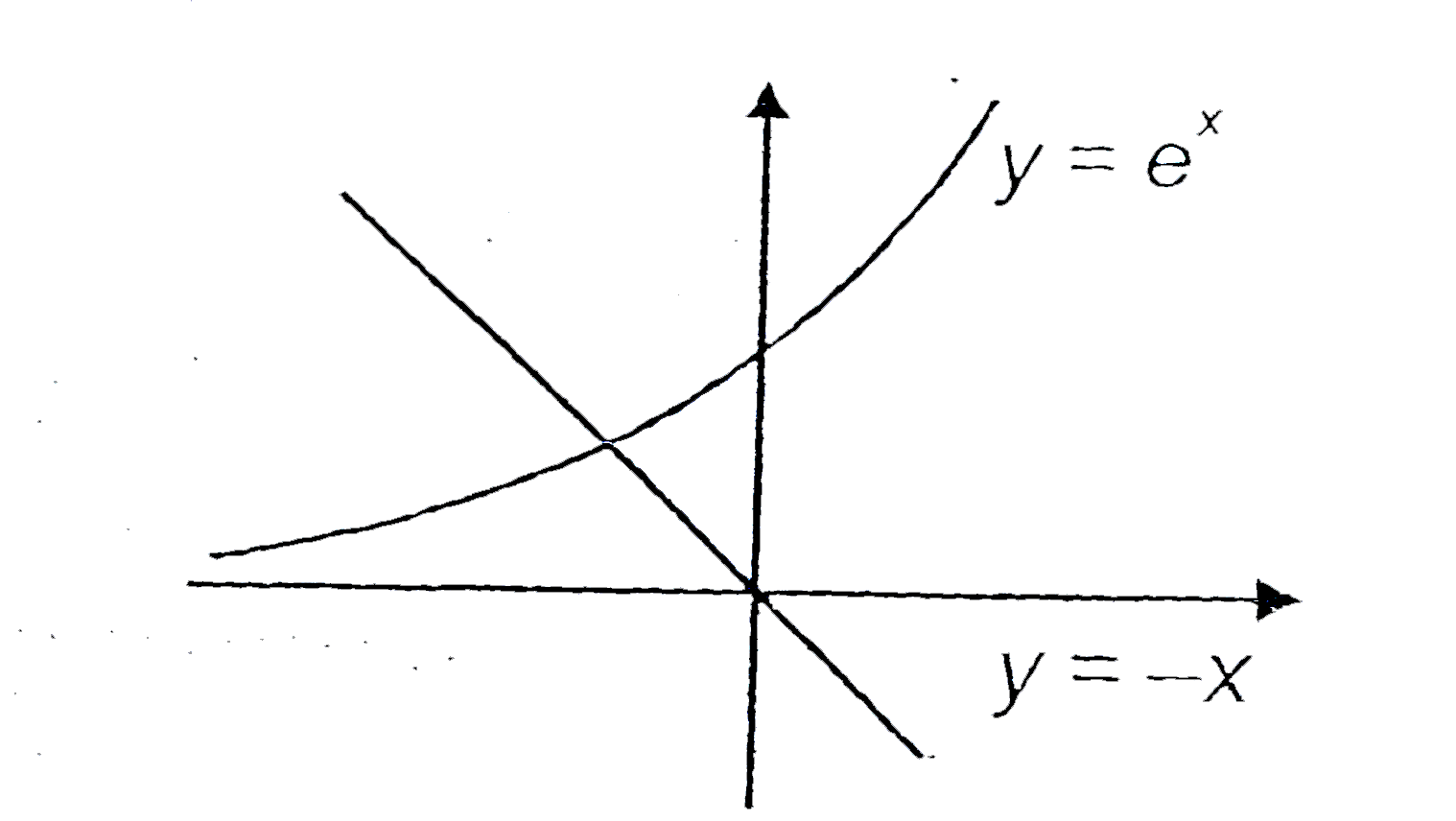If sets A and B are defined as
A={(x,y):y=ex,x∈R} and B = {(x,y):y=x,x∈R}
Step by step video & image solution for If sets A and B are defined as A = {(x, y) : y = e^(x), x in R} and B = {(x, y) : y = x, x in R} by Maths experts to help you in doubts & scoring excellent marks in Class 12 exams.
Updated on:21/07/2023Topper's Solved these Questions
Similar Questions
If set A and B are defined as
A={(x,y)∣y=1x,0≠x∈R},B={(x,y)∣y=−x,x∈R,}. Then
View SolutionIf set A and B are defined as
A={(x,y)∣y=1x,0≠x∈R},B={(x,y)∣y=−x,x∈R,}. Then (a) A ∩ B = A (b)A ∩ B = B (c)A ∩ B = ϕ (d)A ∪ B = A
View SolutionIf the sets A and B are defined are defined as A={(x,y):y=ex,x∈R},B={(x,y):y=x,x∈R}then
View SolutionifA={(x,y):x2+y2=4,x,y∈R}and
B={(x,y):Y=|x|,x,y∈R} then
View SolutionIn some question of sets, we have to make the use of graphs
For example
A={(x,y):y=ex,x∈R}
B={{x,y}:y=−x.x∈R}
Find n(A∩B)

It is clear that y=exandy=−x intersect at one pont. Hence n(A∩B)=1
A={(x,y):x2+y2≤2,x,y∈R}
B={{x,y):y≥x2,x,y∈R}
View SolutionA point chanrge of magnitude q=4.5nC is moving with speed v=3.6×107ms−1 parallel to the x-axis along the line y=3m. Find the magnetic field at the origin produced by this charge when the charge is at the point x=−4m, y=3m, as shown in Fig.

View SolutionIn some question of sets, we have to make the use of graphs
For example
A={(x,y):y=ex,x∈R}
B={{x,y}:y=−x.x∈R}
Find n(A∩B)

It is clear that y=exandy=−x intersect at one pont. Hence n(A∩B)=1
A:{(x,y):y=√4−x2,x∈[−2,2]}
B={(x,y):y=|x|,x∈R}
Then n(A∩B)
View SolutionifA={(x,y):x2+y2=4,x,y∈R}and
B={(x,y):x2+y2=9,x,y∈R},then
View SolutionIf A={(x, y):y=ex, x∈R}and B={(x,y):y=e−x, x∈R} , then write A∩B.
View SolutionifA={(x,y):y=4x,x≠0}and
B={(x,y):x2+y2=8,x,y∈R},then
View Solution
